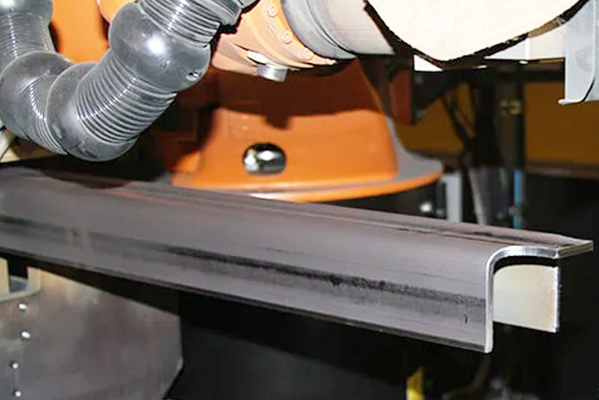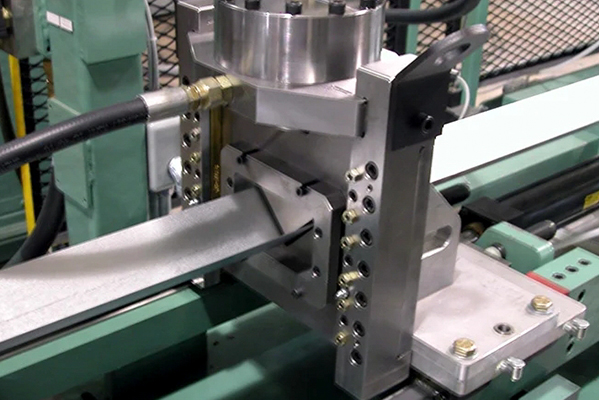Navigation Menu
Contact Us
- Email:
- info@wxavatar.com
- Address:
- Yurong Village, Yuqi Street, Huishan District, Wuxi, China.
Release Date:Apr 15, 2025 Visit:4 Source:Roll Forming Machine Factory
Roll forming is a versatile metal shaping process that can accommodate a variety of materials, each selected based on its mechanical properties, formability, and intended application. The choice of material affects the final product's strength, durability, and functionality. Below are the most commonly used materials in roll forming, along with their characteristics and typical uses.
Common Materials in Roll Forming
1. Carbon Steel
Properties: High strength, good formability, and cost-effectiveness.
Types:
Hot-rolled steel: Less precise but economical for structural applications.
Cold-rolled steel: Smoother surface finish and tighter tolerances.
Applications: Construction beams, automotive frames, shelving, and industrial components.

2. Stainless Steel
Properties: Corrosion resistance, durability, and aesthetic appeal.
Grades:
304 Stainless Steel: General-purpose, good weldability.
316 Stainless Steel: Enhanced corrosion resistance, suitable for harsh environments.
Applications: Food processing equipment, medical devices, architectural trim, and chemical containers.
3. Aluminum
Properties: Lightweight, corrosion-resistant, and easily formable.
Alloys:
3003 Aluminum: Good formability, used in general fabrication.
5052 Aluminum: Higher strength, suitable for marine and automotive parts.
Applications: Aircraft components, HVAC systems, automotive panels, and signage.
4. Copper and Copper Alloys
Properties: Excellent electrical conductivity, thermal conductivity, and corrosion resistance.
Types:
Pure Copper: Used in electrical applications.
Brass (Copper-Zinc): Decorative and mechanical applications.
Bronze (Copper-Tin): Wear-resistant and used in bearings.
Applications: Electrical busbars, roofing, heat exchangers, and decorative trim.
5. Galvanized Steel
Properties: Steel coated with zinc for improved corrosion resistance.
Types:
Hot-dip galvanized: Thicker coating, suitable for outdoor use.
Electro-galvanized: Thinner, smoother coating for precise applications.
Applications: Roofing, gutters, agricultural equipment, and automotive parts.
6. Pre-Painted/Coated Steel
Properties: Steel with a painted or polymer-coated surface for added protection and aesthetics.
Types:
Polyester-coated: Good color retention and weather resistance.
PVDF-coated: High durability for architectural uses.
Applications: Building facades, appliances, and interior panels.
7. High-Strength Low-Alloy (HSLA) Steel
Properties: Higher strength-to-weight ratio than standard carbon steel.
Advantages: Reduced material usage without sacrificing strength.
Applications: Automotive structural parts, truck frames, and heavy machinery.
Factors Influencing Material Selection
When choosing a material for roll forming, several factors must be considered:
Mechanical Requirements (strength, flexibility, hardness)
Environmental Conditions (exposure to moisture, chemicals, or extreme temperatures)
Cost and Availability
Aesthetic and Surface Finish Needs

Conclusion
Roll forming supports a wide range of materials, each offering distinct advantages depending on the application. Carbon steel and aluminum are among the most commonly used due to their balance of cost, strength, and formability. Stainless steel and copper alloys are preferred for specialized applications requiring corrosion resistance or conductivity. By selecting the appropriate material, manufacturers can optimize performance, durability, and cost-efficiency in roll-formed products.